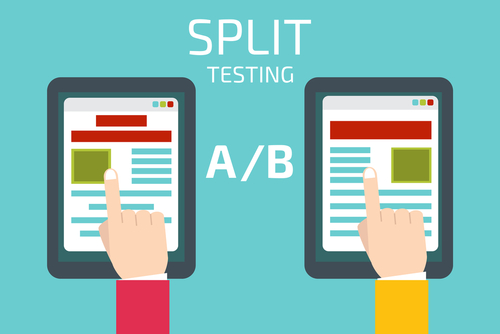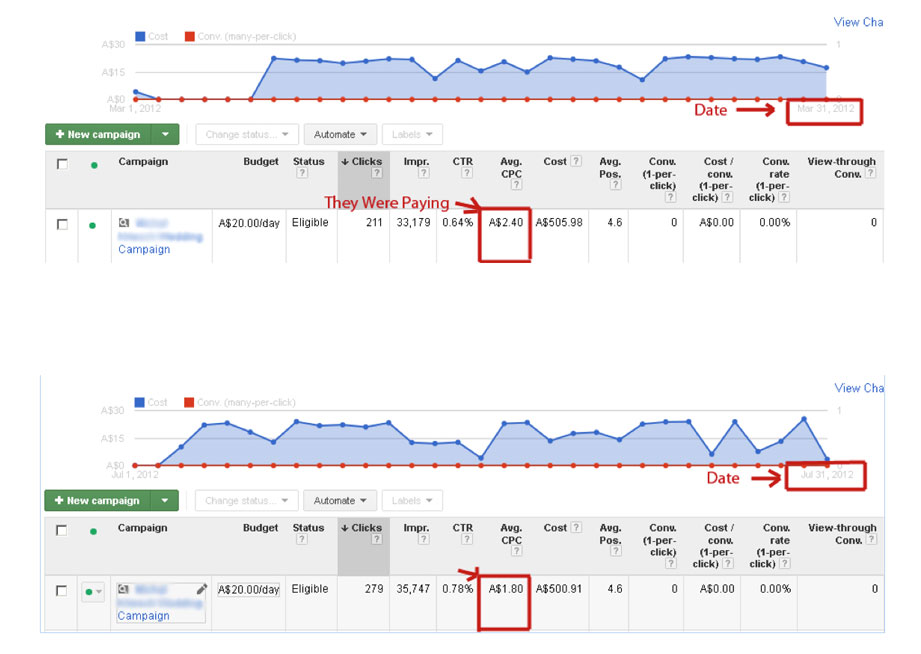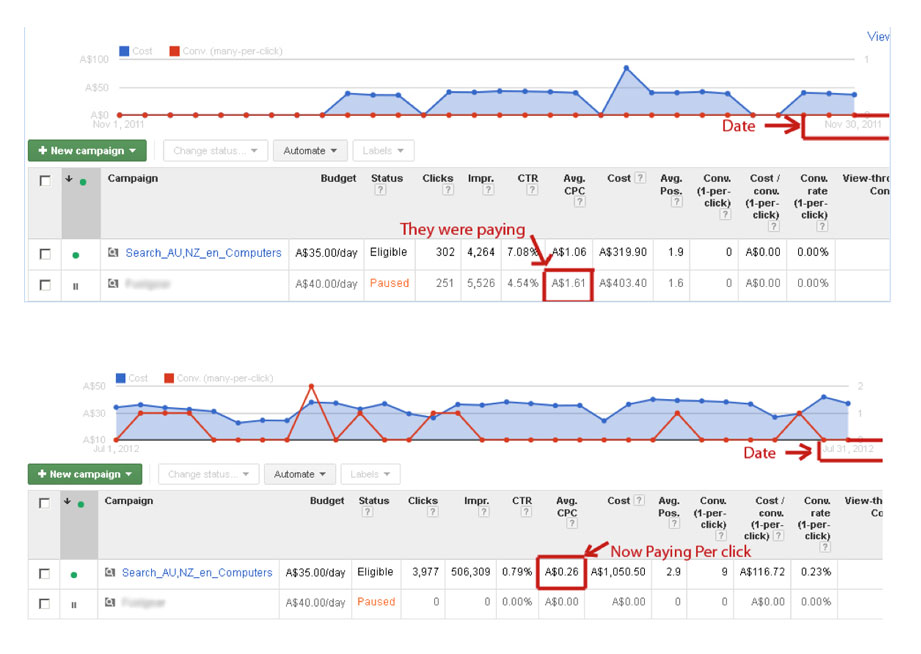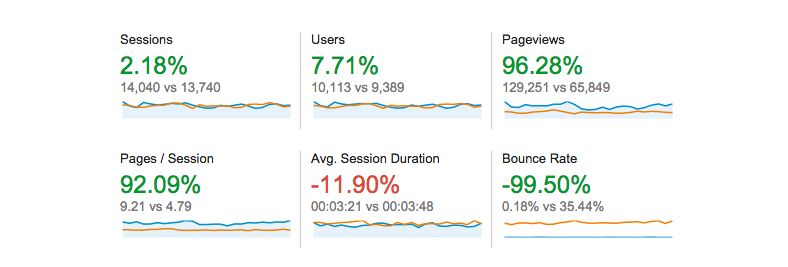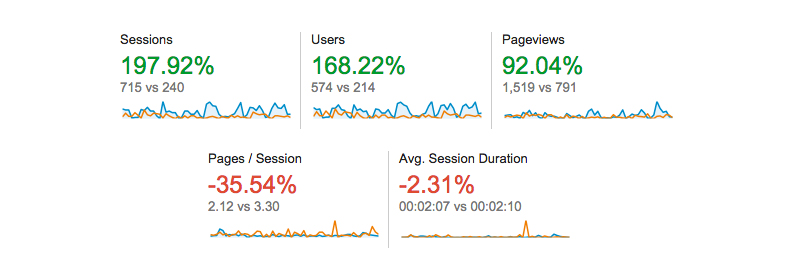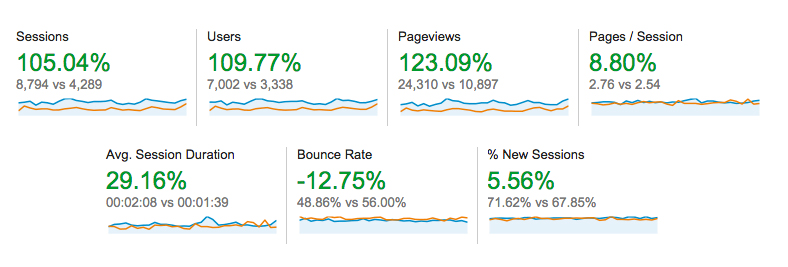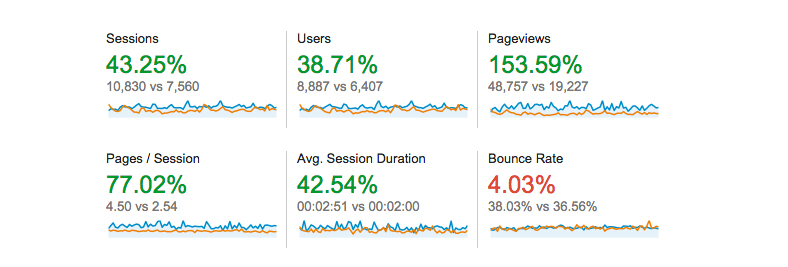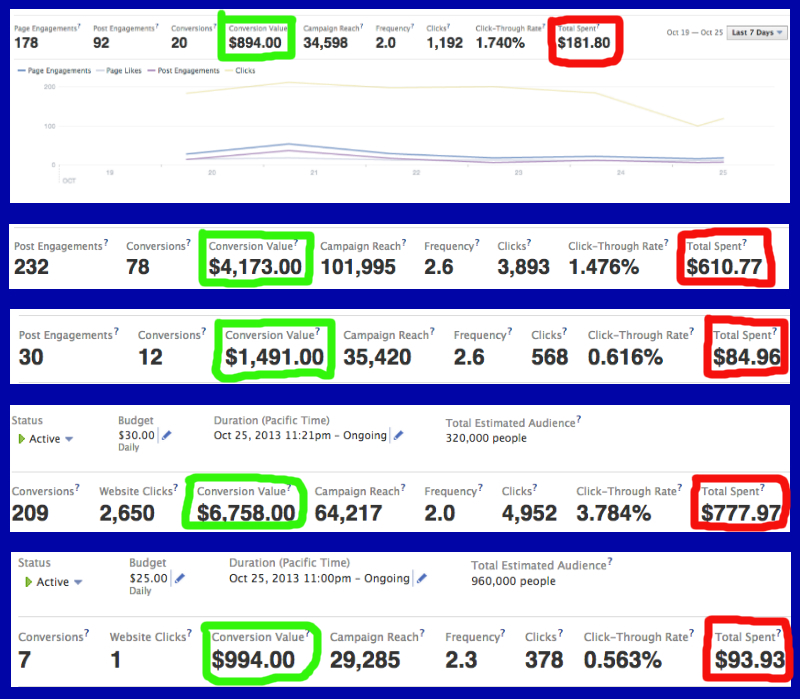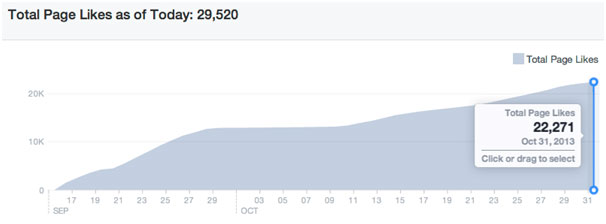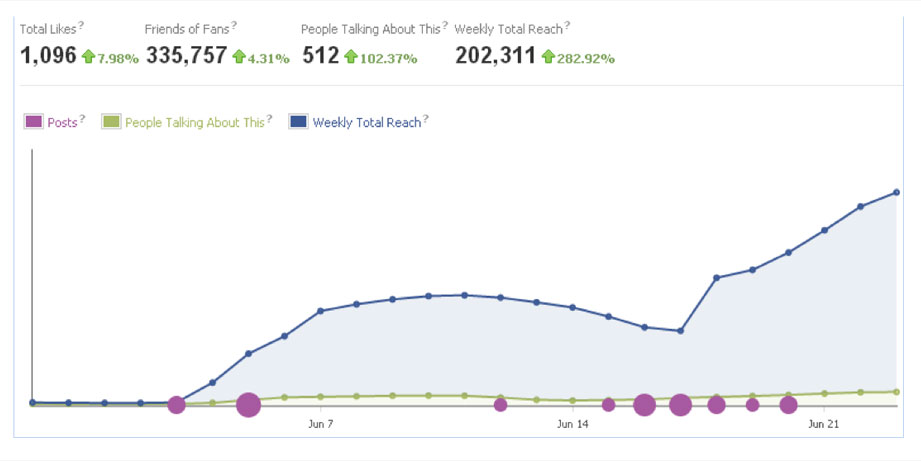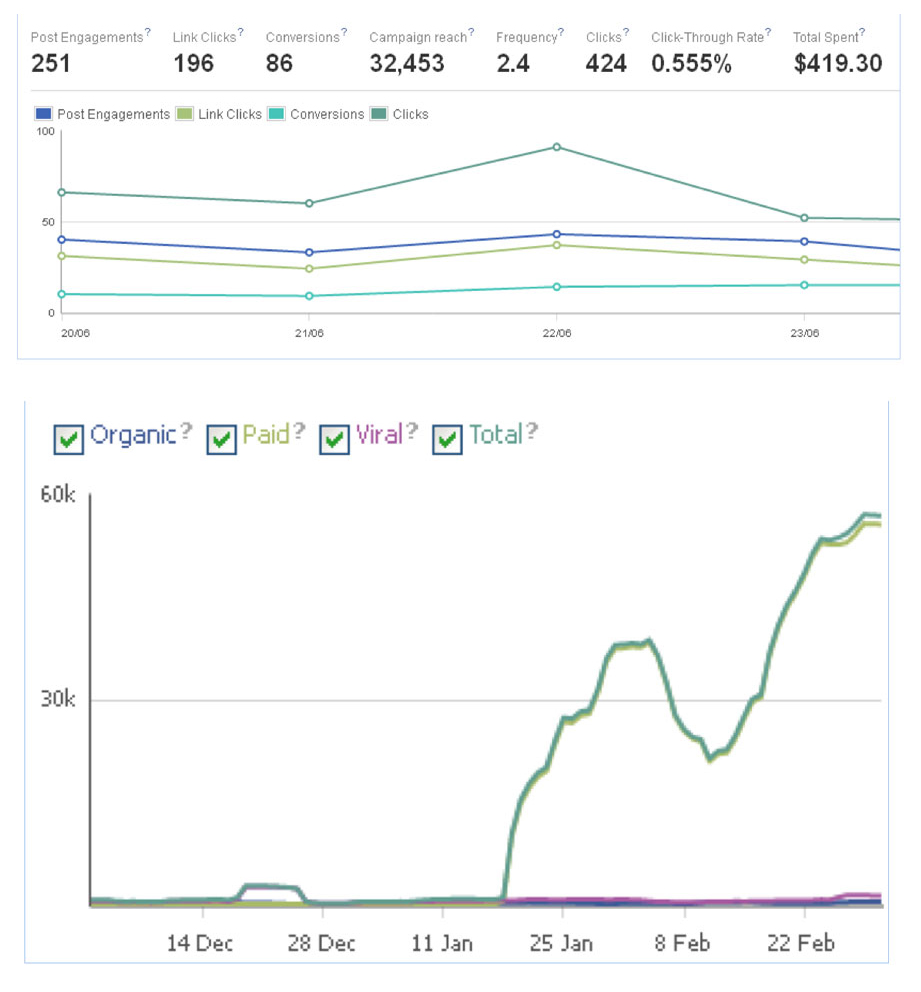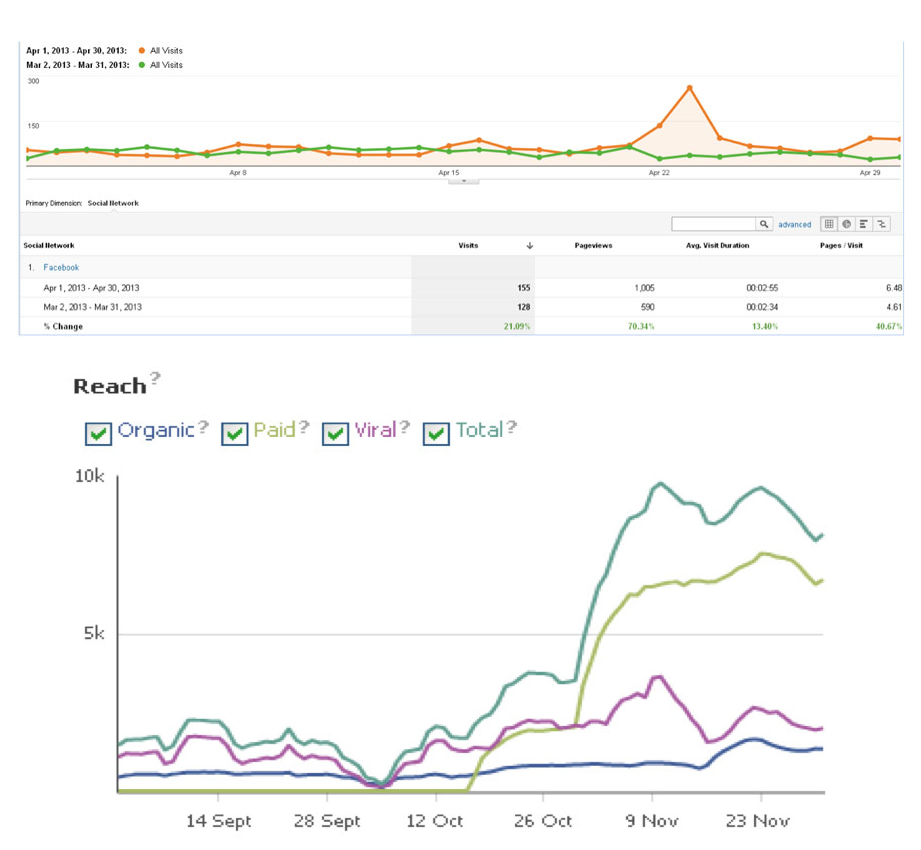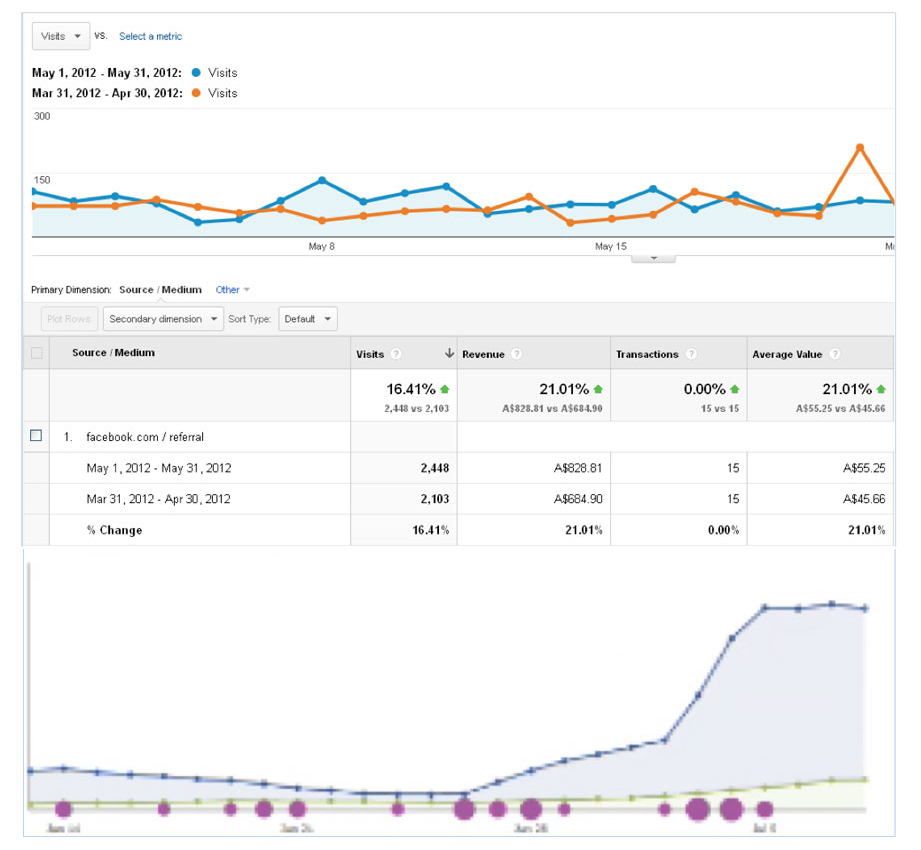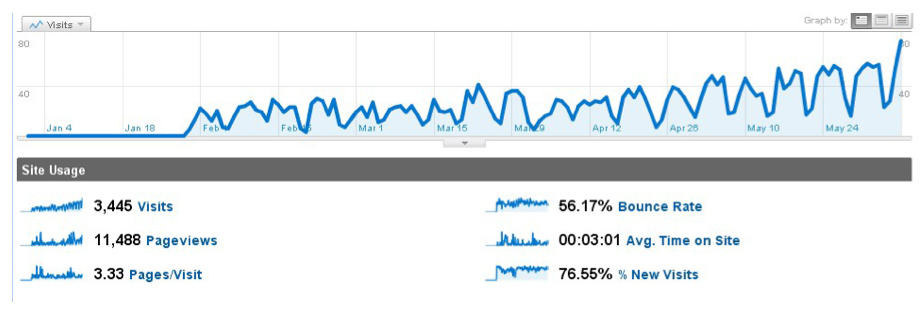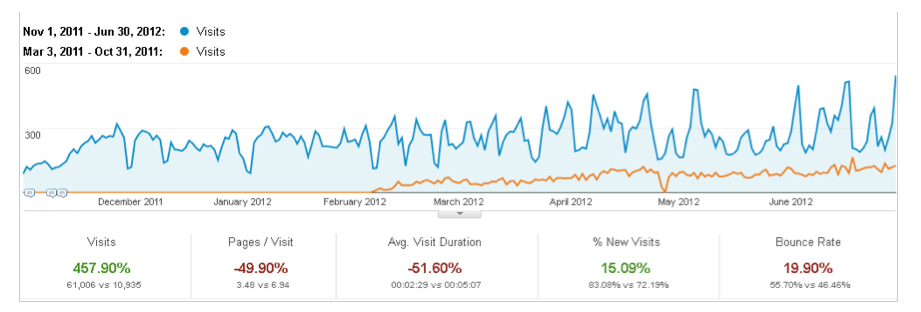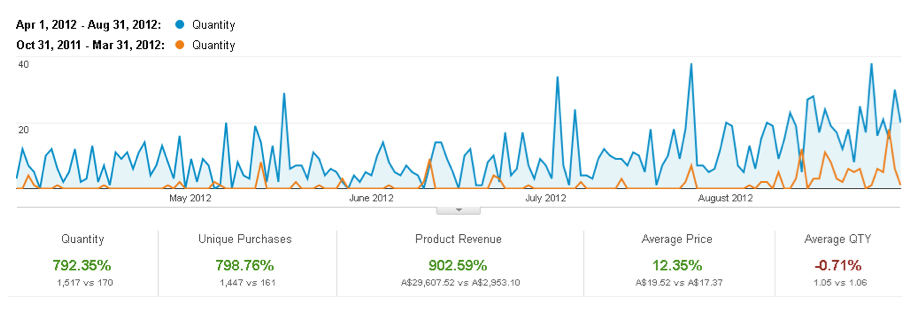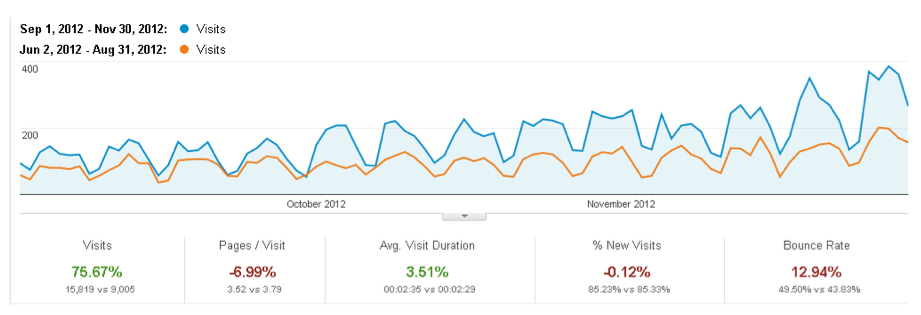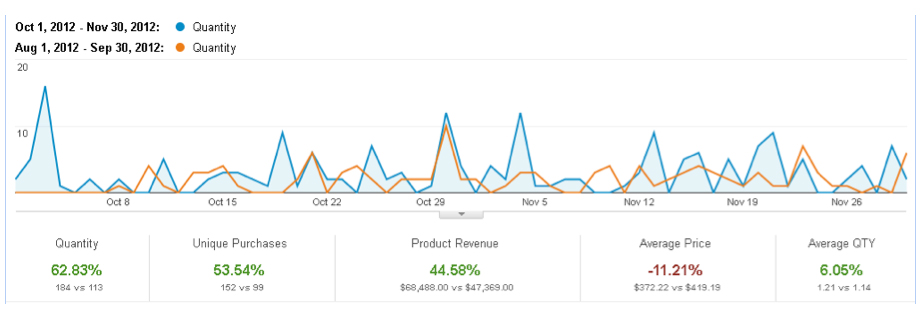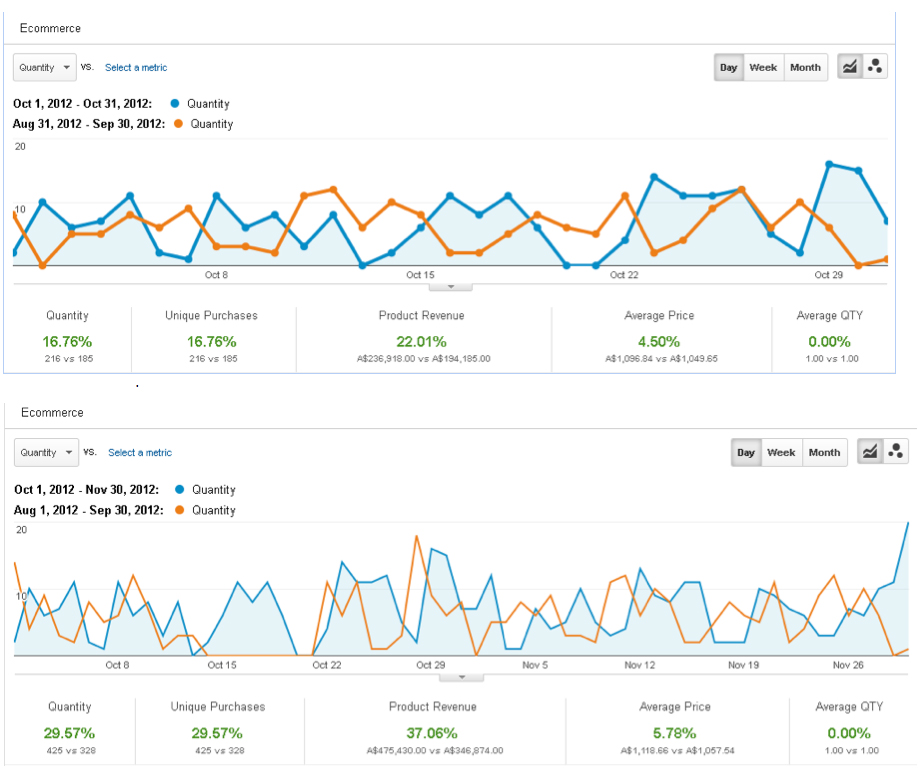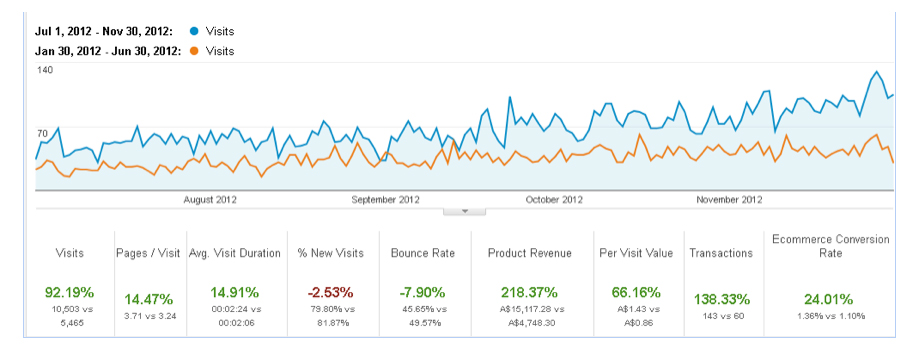 One of the most difficult things for website owners to accomplish is to determine if the layout of their website is effective, along with their navigation, calls-to-action, and advertising. Luckily, Google Analytics offers a little-known tool to assist with this. It’s called “In-Page Analytics”, and is quite possibly one of the most useful metric tools they offer. Lets’ discuss how to interpret the information it provides.
One of the most difficult things for website owners to accomplish is to determine if the layout of their website is effective, along with their navigation, calls-to-action, and advertising. Luckily, Google Analytics offers a little-known tool to assist with this. It’s called “In-Page Analytics”, and is quite possibly one of the most useful metric tools they offer. Lets’ discuss how to interpret the information it provides.
What does In-page analytics measure?
When you load a page of your website in In-Page Analytics (and you canload any page you want), Google overlays every clickable link on that page with the number of times that link was clicked for the time period you select, and also shows it as a percentage of the toal clicks for that page. This gives you a quick snapshot of exactly what your visitors are clicking on.
How does this information help me?
- Navigation: If your visitors are ignoring your main navigation links (or your secondary ones), then you might want to look at making your main navigation clearer, more prominent, or more visually appealing. If your secondary navigation is being ignored, then you might want to reconsider its placement, prominence, or even the need to have it at all.
- Calls-to-Action: Are your calls to action receiving a low percentage of clicks? Then you may want to consider changing your message, placement, layout, removing the number of links to other sections of your site, and so on. If a page is set up to feature a call-to-action prominently, and it isn’t receiving any clicks, then that caal-to action needs to be rethought.
- Layout – Are the majority of your clicks above the fold? Then perhaps your content isn’t compelling enough for them to scroll down. If important information is below the fold, but no clicks are in that section, then it is a good indication that users aren’t reading it. Is the total number of clicks on the page low? Then your layout might be too confusing for visitors to follow and making them leave the site.
- Poorly Performing Links: Are there links that users aren’t clicking at all? If so, you may want to consider if those links are relevant to our visitors, or if they need to be reworded or removed entirely.
This is just a general idea of the many uses of In-Page Analytics. It can be a great way to measure the overall impact of your website, if it is used. There are even means to filter this reporting by various demographics, which allows you to narrow down what parts of your website are working for different parts of your audience. If you get really good with using Google Analytics, you can even links these reports to the goals you set up, which will help show what links are beneficial to your sales funnel and which ones are underperforming. Basically, you get out what you put into it.
So give the In-Page Analytic a try, and you might just be amazed at what you find out about your own website. It’s almost like viewing it from a visitor’s point of view!


